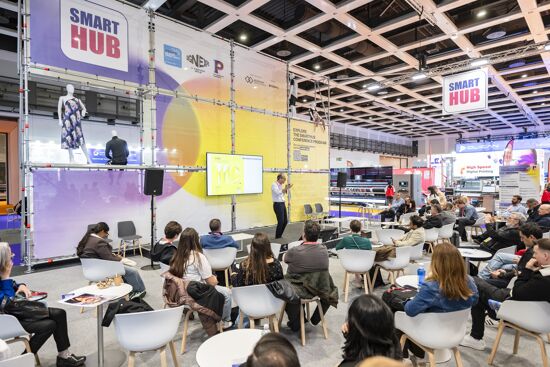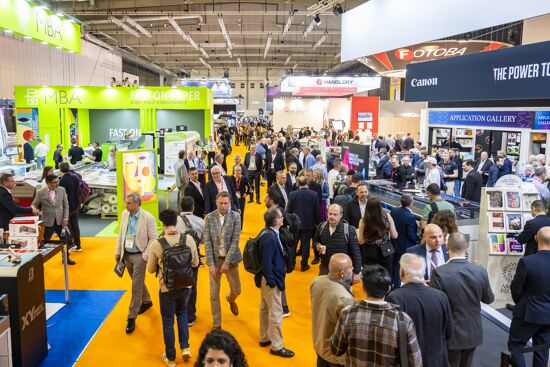Microsoft’s bold move

Microsoft and Apple provide the software infrastructure that is important for prepress and workflows in the print industry. Laurel Brunner discusses Microsoft and Apple's current environmental policies.
Everyone in the graphics industry depends on Microsoft and Apple to provide the software infrastructure so vital to prepress and workflows. Apple’s commitment to environmental impact mitigation is extensively publicised but we hear relatively little from Microsoft on the matter. That changed with Microsoft’s recent announcement that it aims to be carbon negative by 2030. Even bolder, by 2050 Microsoft will “remove from the environment all the carbon the company has emitted either directly or by electrical consumption since it was founded in 1975”. This is quite extraordinary, not least because calculating “all the carbon” is a Herculean task on its own.
Microsoft is setting a high bar for other companies, creating a target that makes all others look puny. To help pay for its effort Microsoft will expand its internal carbon fee in place since 2012. This fee is an internal tax levied on all Microsoft divisions. It has now been doubled to $15 per metric tonne of carbon dioxide operational emissions.
The fee increase is part of Microsoft’s detailed plan to reach its target of cutting by half the company’s carbon emissions and those of its supply and value chains by 2030. It will do this by using Microsoft technology to help customers and suppliers cut their carbon footprints, although how this works isn’t clear. Microsoft is also making carbon reduction requirements part of its procurement processes which could significantly affect printers, designers, agencies and other players in the media supply chain.
And a new $1 billion climate innovation fund has been set up to develop carbon capture, reduction and removal technologies. Microsoft will also use its lobbying resources to encourage government policies that encourage carbon reduction and removal activities.
This is ambitious enough but there is more, and here the graphics industries should be paying attention. Microsoft has outlined seven general principles, that it will follow:
- Mitigation efforts must be grounded in science and mathematics.
- The company must take responsibility for its emissions.
- Investment is required for new carbon reduction and removal technologies.
- Technology development will support customer and supplier efforts for carbon footprint reduction.
- Annual reporting will provide transparency and a means of tracking progress.
- The company will support public policies that accelerate carbon reduction and removal technologies.
- The company will encourage employee engagement.
Providing a paradigm for printers and publishers, trade shows and industry associations to follow is almost as interesting as Microsoft’s commitment. These principles are something any company might sign up to, as part of its environmental and sustainability policy. Whether other organisations will follow Microsoft’s lead remains to be seen. For the sake of the planet, let’s hope it’s a yes.
Source Information: This article was produced by the Verdigris Project, an industry initiative intended to raise awareness of print’s positive environmental impact. This weekly commentary helps printing companies keep up to date with environmental standards, and how environmentally friendly business management can help improve their bottom lines. Verdigris is supported by the following companies: Agfa Graphics, EFI, Fespa, Fujifilm, HP, Kodak, Miraclon, Ricoh, Spindrift, Splash PR, Unity Publishing and Xeikon.
Topics
Interested in joining our community?
Enquire today about joining your local FESPA Association or FESPA Direct
Recent news

Industry Experts Explore the Evolution of Smart Manufacturing in the Textile Industry
A FESPA SmartHUB roundtable at Personalisation Experience 2025 discussed smart manufacturing's transformative impact on the textile industry. Experts highlighted the shift to on-demand customisation, driven by digital printing, data analytics, and automation. Key takeaways included enhanced machine control, significant waste reduction through intelligent software and colour management, and improved sustainability via energy efficiency and near-shoring, ensuring agility and environmental responsibility in textile production.

FESPA 2025 gathers leading visionaries from across the speciality print industry in Berlin
FESPA Global Print Expo 2025, European Sign Expo and Personalisation Experience (6 – 9 May 2025, Messe Berlin, Germany) welcomed Visionaries from across the speciality print industry to shape the future of print, develop forward-thinking business strategies, and explore innovative ways to translate emerging industry trends into tangible growth opportunities.

Exploring Cutting-Edge Textile Printing Innovation with Adobe Print Engine 7
Adobe PDF Print Engine 7, launched at FESPA Global Print 2025, significantly advances textile printing. Debbie McKeegan shares how it automates non-white substrate management and RGB colour handling, expands colour gamuts with in-RIP multicolour transparency blending, and streamlines workflows for efficiency and sustainability. This update boosts customisation, reduces waste, and positions businesses at the forefront of digital print innovation.

FESPA Global Print Expo 2025 - Overall Highlights
FESPA Global Print Expo, Europe's leading print and signage exhibition returned to Messe Berlin from 6 - 9 May 2025.